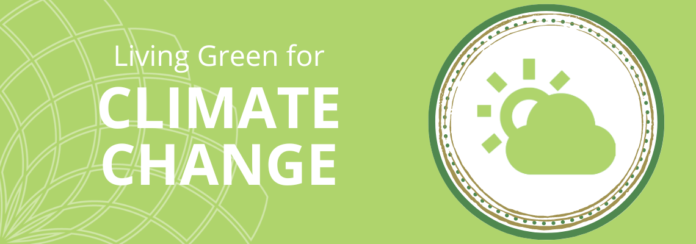Following the announcement of the Finalists for the AIPH World Green City Awards 2022, we are proud to demonstrate best practice by profiling the shortlisted entries in each category. This month we proudly present case studies from the three finalists in the “Living Green for Climate Change” category. These cities demonstrate how they are tackling the root causes and effects of climate change in order to build more liveable and resilient cities.
View the case study library

Peynircioglu Stream Ecological Restoration Project
City of İzmir, Türkiye
The Peynircioglu Stream Ecological Restoration initiative has carried out a series of interventions on the banks of Peynircioglu Stream to prepare the City of İzmir for the effects of climate change. The project area is located in a major flood-prone area in İzmir where property damage and losses have been experienced. The City of İzmir has thus focused on measures related to coastal flood and flood management. In the study, initiatives such as permeable stream bed restoration for flood management, permeable concrete applications for stormwater management and increasing the amount of existing green (permeable surface) area were carried out. In addition, both the quality and amount of the existing green area has been improved. The green area is enriched with native, pollinator-attracting plants to increase biodiversity. To this end, approximately 1200 trees and 30.000 carbon sequestrant plants were planted in the 1.6 km long Peynircioglu Stream Ecological Corridor.
Grey to Green
City of Melbourne, Australia


Starting as a series of modest kerb expansions for additional street trees, the City of Melbourne’s Grey to Green program is a compelling example of a long-term strategic and incremental approach to repurposing the city to meet the changing needs of its population. By reconfiguring sites owned or managed by Council, including surplus road space, car parks, slip lanes and maintenance depots, the city converted more than 80 hectares of asphalt into diverse public spaces over a 35-year period. Between 2018 and 2022, 12 key projects have been built, representing more than 28,000m2 of new pedestrian and green space. Grey to Green was visionary from the outset. The program has catalysed a growing awareness of climate change impacts and the loss of biodiversity and is an innovative, cost-effective and environmentally friendly model that is replicable in any city, anywhere.
Mexico City’s Environmental and Climate Change Program
Mexico City, Mexico


Mexico City has launched an ambitious revegetation strategy called the “Green Challenge”, within which the planting of 10 million trees and other plants between 2019 and 2020 was established as a quantitative goal, with a comprehensive approach that includes the rescue of nurseries to increase production and planting and recovery of native species through seed collection.
Thanks to the Green Challenge, the increase in the annual production of plants went from less than 500 thousand in 2018 to more than 10 million in 2021, which has allowed the planting of 27,082,593 trees and plants in the city. Sixteen large parks located mainly in peripheral areas with the greatest lack of access to public spaces were created and rehabilitated, benefitting 6.3 million inhabitants. Additionally, 4,155 inhabitants of rural communities are benefiting in return for their work as brigade members in reforestation and ecological conservation activities, such as the plantation of 16.9 million plants on conservation land and the reforestation of 16,505 hectares of forests.
Read the case study










